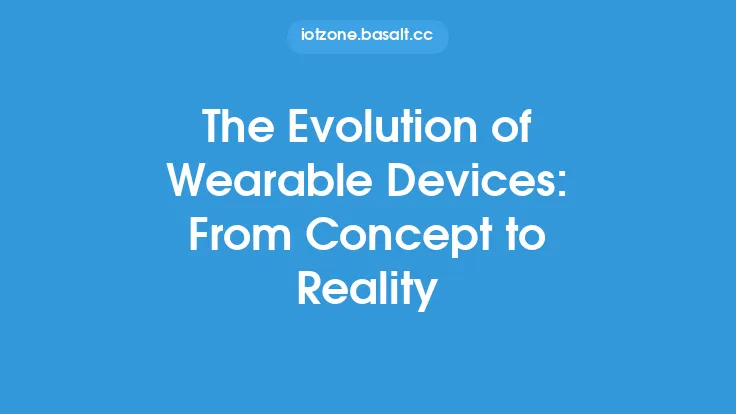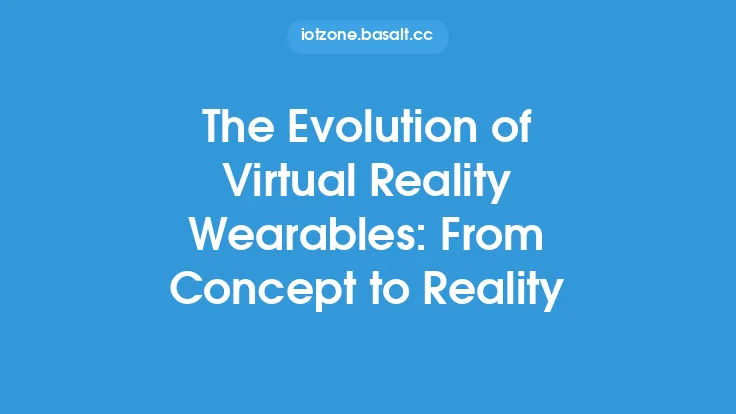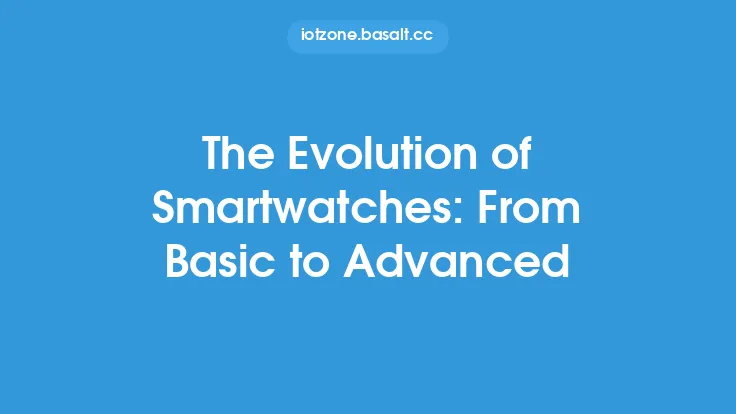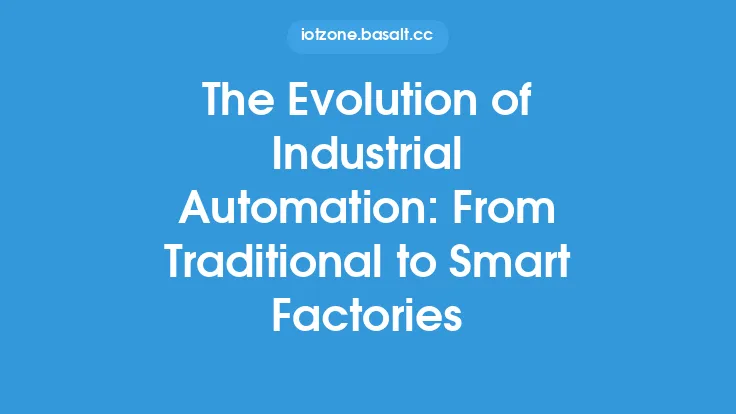The concept of IoT enabled devices has been around for several decades, but it wasn't until the early 2000s that the term "Internet of Things" (IoT) was coined. Since then, the evolution of IoT enabled devices has been rapid, with significant advancements in technology, design, and functionality. In the early days, IoT devices were primarily used in industrial settings, such as manufacturing and logistics, to improve efficiency and productivity. However, with the advent of wireless communication technologies like Wi-Fi, Bluetooth, and cellular networks, the scope of IoT enabled devices expanded to include consumer products, wearables, and other applications.
History of IoT Enabled Devices
The history of IoT enabled devices dates back to the 1960s, when the first networked devices were developed. These early devices were primarily used in industrial settings, such as process control and automation. The 1980s saw the introduction of the first wireless communication technologies, including radio frequency identification (RFID) and cellular networks. This marked the beginning of the IoT era, as devices began to be connected to the internet and communicate with each other. The 1990s and 2000s saw significant advancements in IoT technology, with the development of new protocols, such as HTTP and CoAP, and the introduction of new devices, such as smart sensors and actuators.
Key Technologies Behind IoT Enabled Devices
Several key technologies have enabled the development of IoT enabled devices. These include:
- Microcontrollers: Small, low-power computers that can be embedded in devices to provide processing and control capabilities.
- Wireless Communication Technologies: Such as Wi-Fi, Bluetooth, and cellular networks, which enable devices to communicate with each other and the internet.
- Sensors and Actuators: Devices that can detect and respond to changes in their environment, such as temperature, humidity, and motion.
- Protocols and Standards: Such as HTTP, CoAP, and MQTT, which enable devices to communicate with each other and the internet.
- Cloud Computing: Enables the processing, storage, and analysis of large amounts of data generated by IoT devices.
- Artificial Intelligence and Machine Learning: Enable devices to learn from data and make decisions autonomously.
Architecture of IoT Enabled Devices
The architecture of IoT enabled devices typically consists of several layers, including:
- Device Layer: The physical device, such as a sensor or actuator, that interacts with the environment.
- Network Layer: The communication technology, such as Wi-Fi or Bluetooth, that enables devices to communicate with each other and the internet.
- Application Layer: The software that runs on the device, such as an operating system or application, that provides functionality and services.
- Cloud Layer: The remote servers and data centers that store, process, and analyze data generated by IoT devices.
- User Interface Layer: The interface, such as a mobile app or web portal, that enables users to interact with IoT devices and access data and services.
Design Considerations for IoT Enabled Devices
When designing IoT enabled devices, several factors must be considered, including:
- Power Consumption: IoT devices often require low power consumption to prolong battery life and reduce energy costs.
- Security: IoT devices must be designed with security in mind, to protect against hacking and data breaches.
- Scalability: IoT devices must be able to scale to meet the needs of large numbers of users and devices.
- Interoperability: IoT devices must be able to communicate with other devices and systems, using standard protocols and interfaces.
- User Experience: IoT devices must provide a user-friendly interface and experience, to enable users to easily interact with devices and access data and services.
Future of IoT Enabled Devices
The future of IoT enabled devices is exciting and rapidly evolving. Advances in technologies, such as artificial intelligence, machine learning, and 5G networks, will enable the development of more sophisticated and autonomous IoT devices. The increasing use of IoT devices in industries, such as healthcare, transportation, and energy, will drive innovation and growth. Additionally, the development of new business models, such as device-as-a-service and data-as-a-service, will enable companies to generate new revenue streams and create new opportunities for growth. As the IoT continues to evolve, we can expect to see more innovative and transformative applications of IoT enabled devices, that will change the way we live, work, and interact with the world around us.




